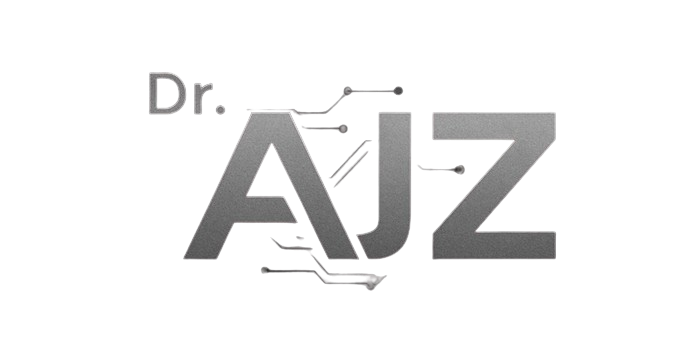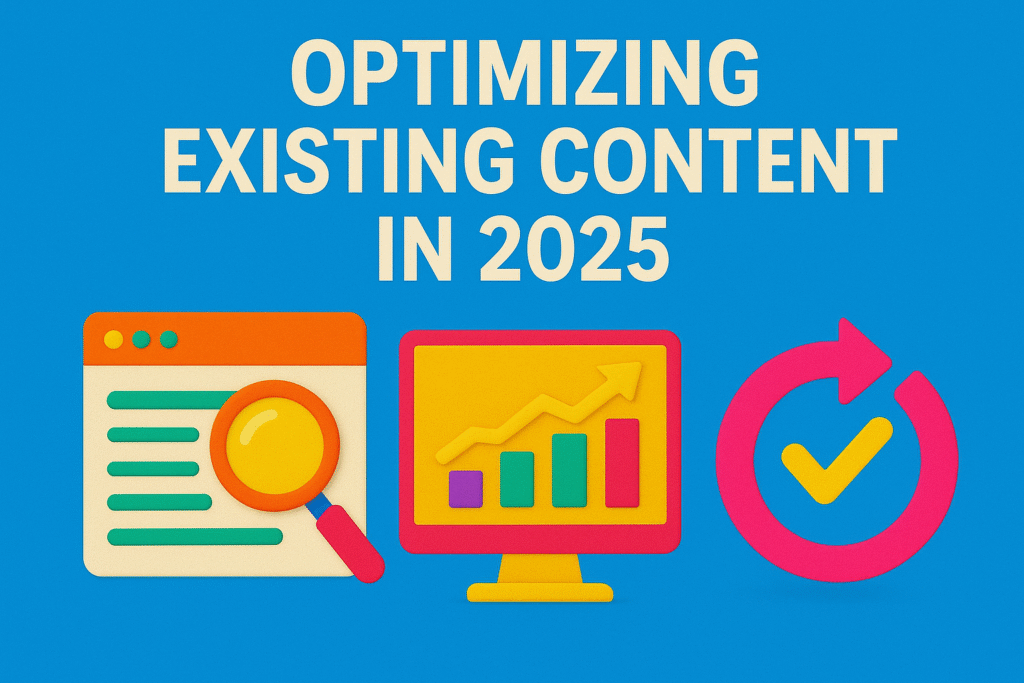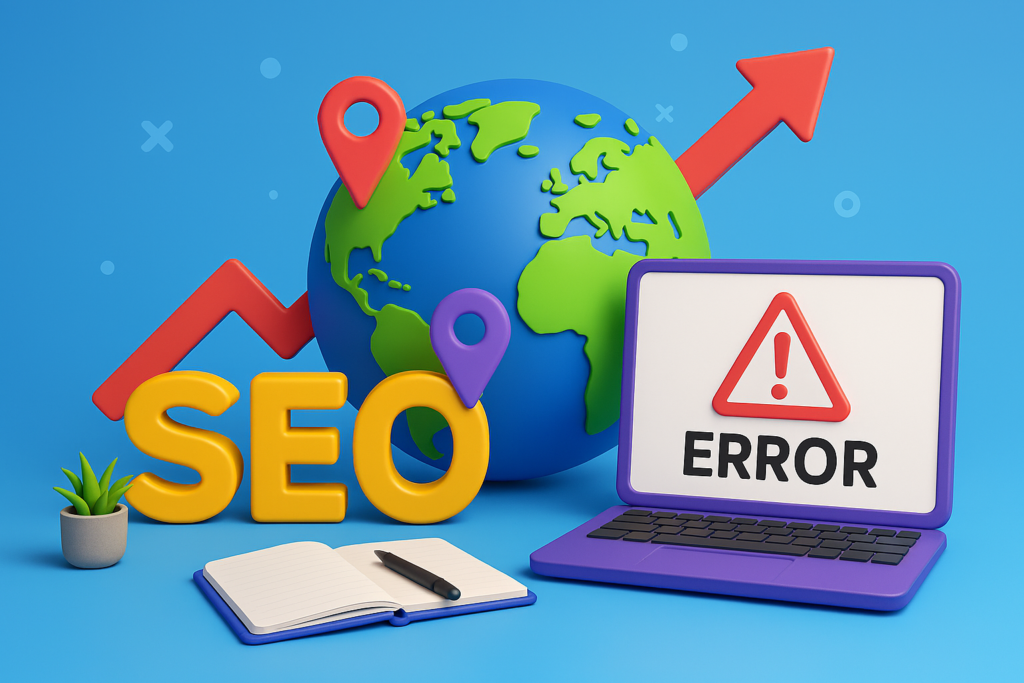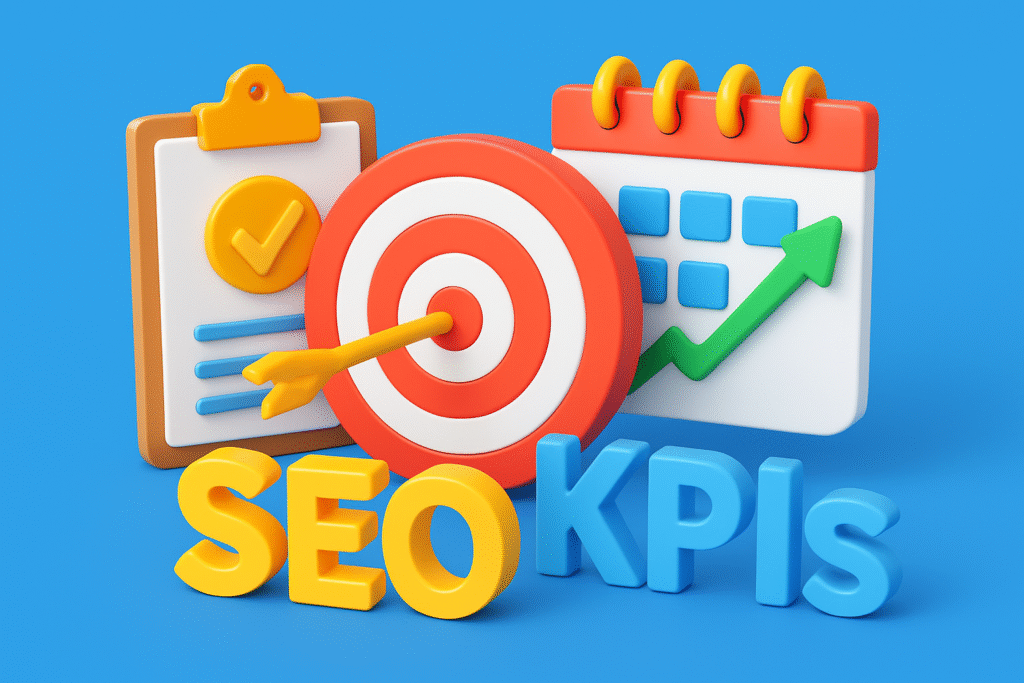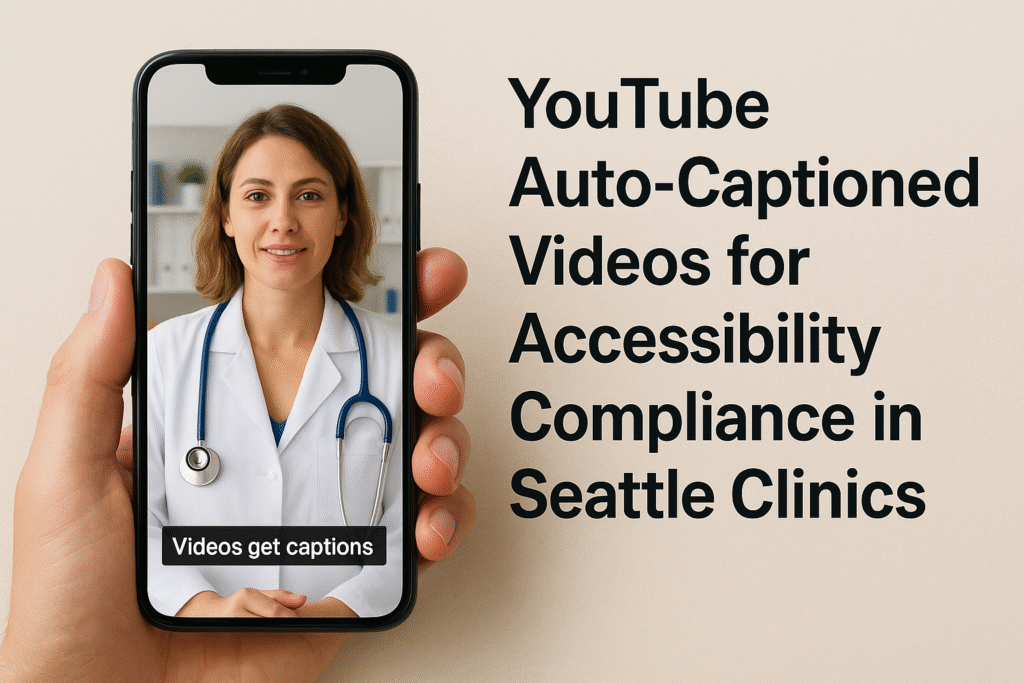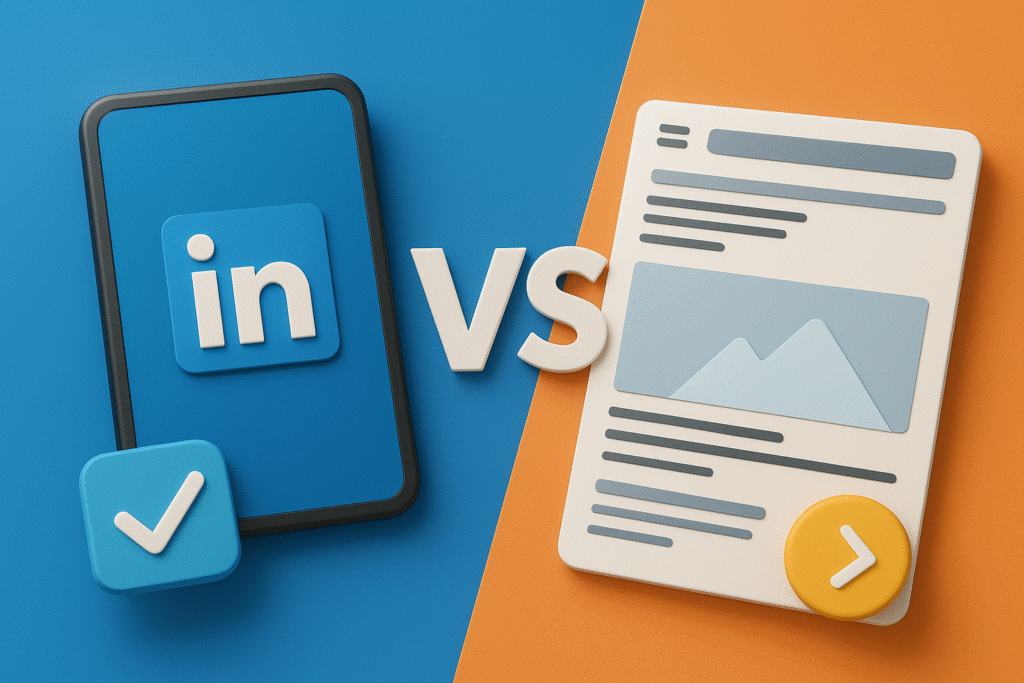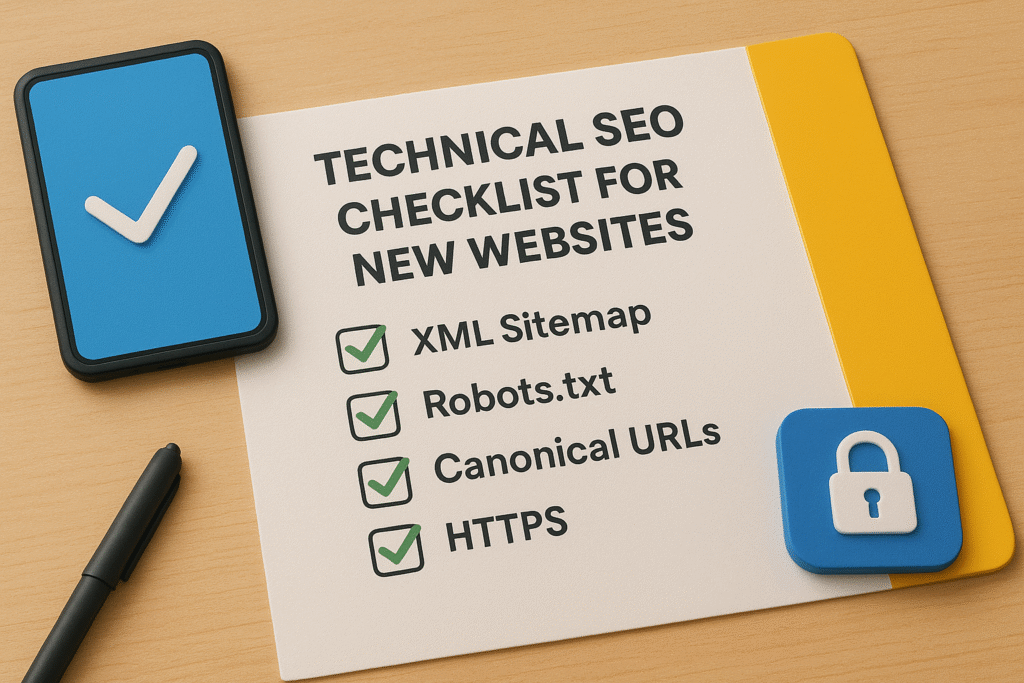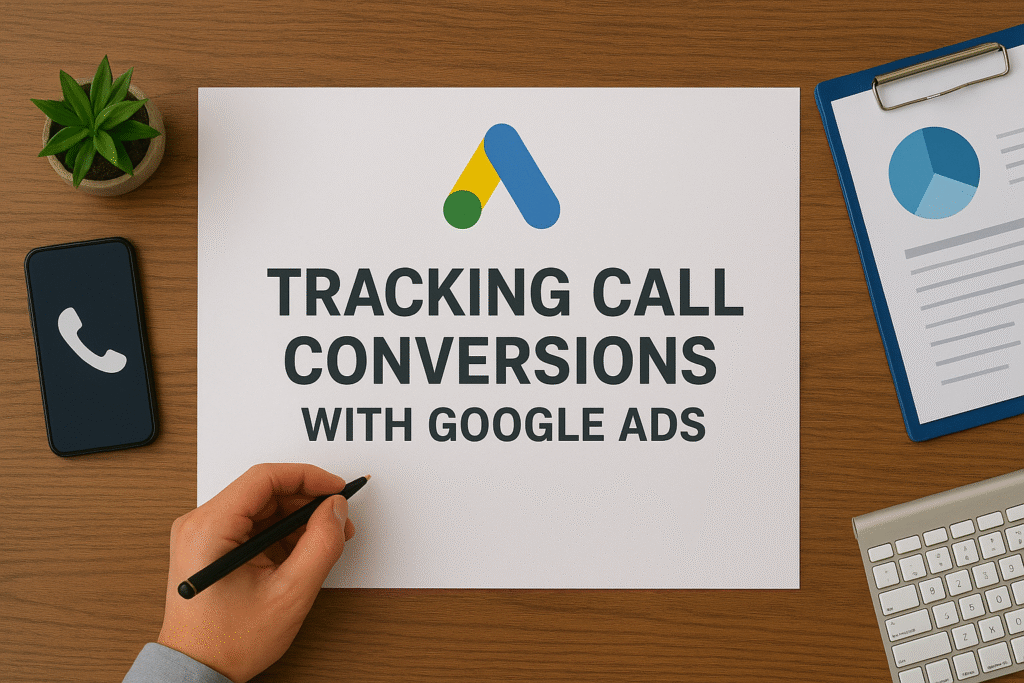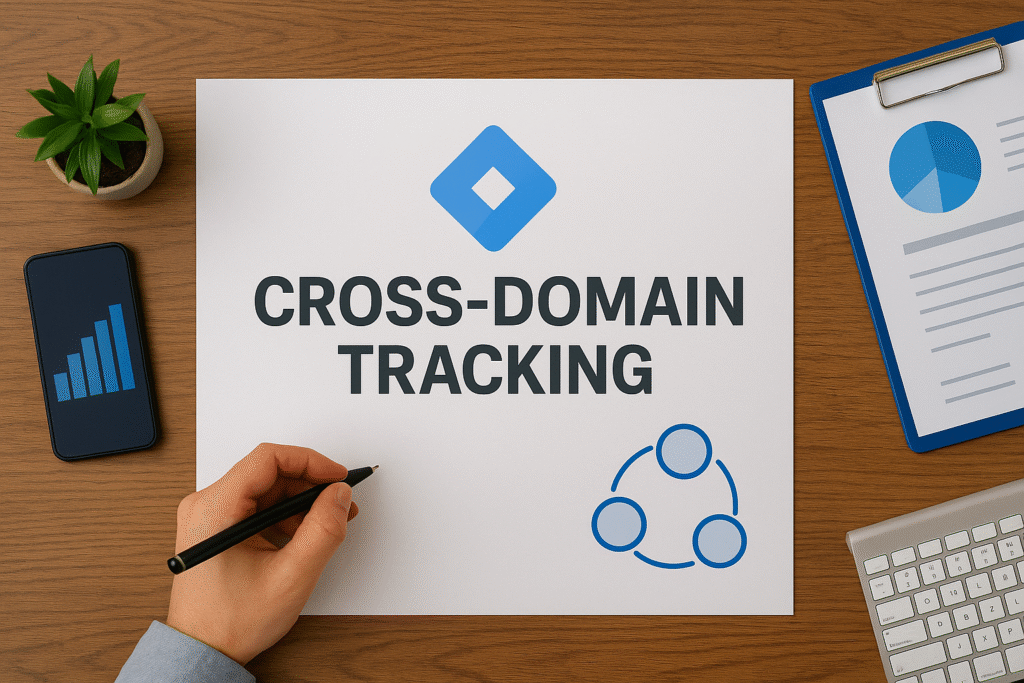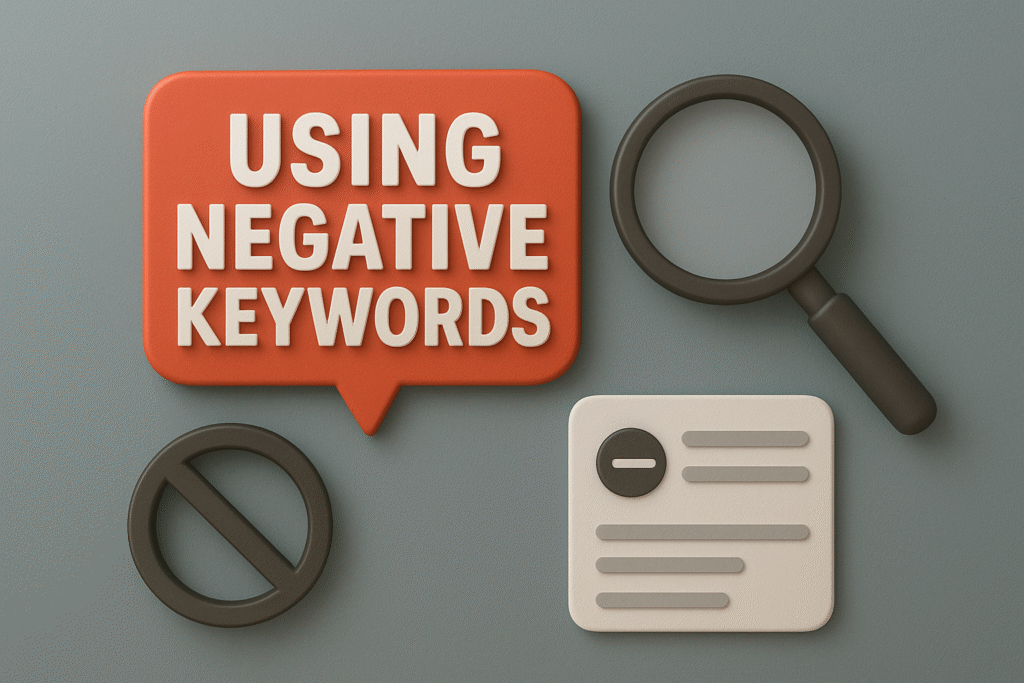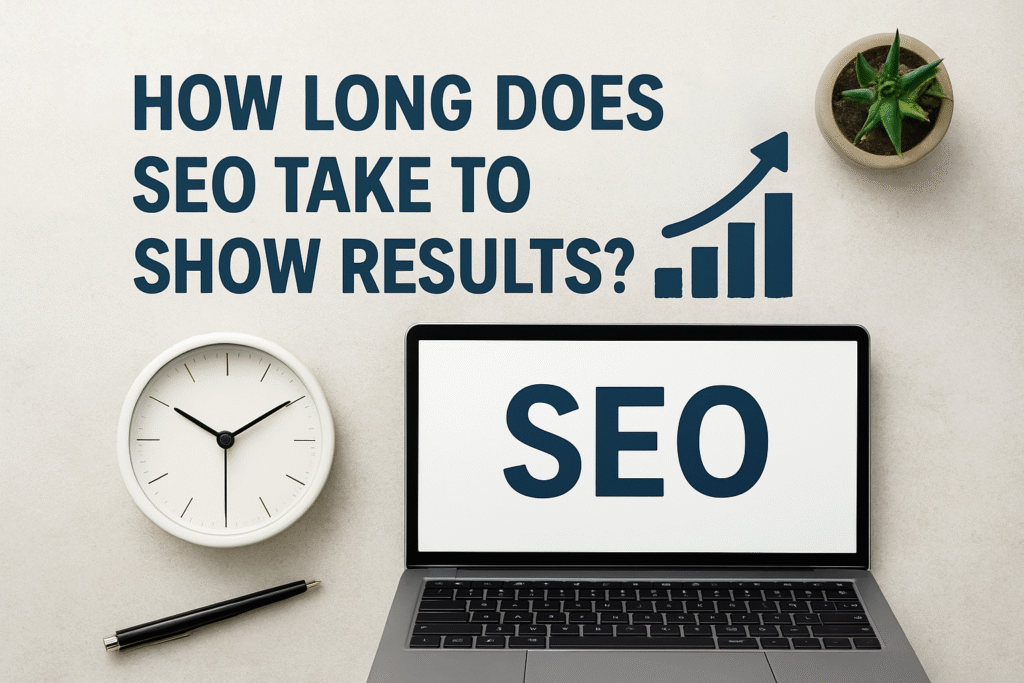If you’ve been publishing content for a while, you already know — sometimes your old blogs and pages start losing traction. Maybe they drop in search results, or traffic slows down without explanation. That’s where optimizing existing content in 2025 becomes essential.
Google’s algorithms are evolving faster than ever. What ranked in 2020 or 2022 may no longer be aligned with how semantic search, E-E-A-T signals, or user intent is evaluated. So instead of always creating new content, smart brands are implementing clear SOPs (Standard Operating Procedures) to refresh and reclaim ranking positions on their existing assets.
This guide lays out my complete process — a step-by-step system to optimize older content for today’s search engine standards, and more importantly, to win back rankings, clicks, and conversions.
“According to Ahrefs, over 90% of content gets no traffic from Google, and most of it is due to outdated SEO or lack of optimization.”
Source: Ahrefs Blog
Why Content Optimization is Crucial in 2025
Search is no longer keyword-driven in the way it used to be. It’s about semantic relevance, user experience, and topical authority.
In 2025, content optimization is no longer just a one-time SEO task — it’s a recurring process that helps:
- Improve CTR and reduce bounce rates
- Reclaim decaying keyword rankings
- Earn new featured snippets or People Also Ask visibility
- Strengthen internal linking for better crawling and context
“Pro Tip: Always optimize before you create. In 2025, content updates are 67% more efficient than publishing new posts from scratch.”
Source: Orbit Media Studios
Standard Operating Procedure (SOP) for Optimizing Existing Content in 2025
Here’s my full content optimization SOP — structured for efficiency, repeatability, and performance.
Step 1: Conduct a Content Audit
Start with an audit of your existing pages using tools like:
Look for:
- Pages with declining traffic
- Articles with zero organic keywords
- Outdated stats or broken links
- Posts stuck on Page 2 of SERPs
“Pro Tip: Focus on URLs ranking in positions 11–30. These are prime candidates to move up with optimization.”
Step 2: Benchmark Performance
Before making changes, benchmark the current status of the content:
- Primary keywords ranked
- Click-through rate (CTR)
- Backlinks pointing to the page
- Time on page & bounce rate
This gives you a baseline to measure success after updating.
Step 3: Refresh & Expand the Content
Content in 2025 needs to:
- Meet user intent completely
- Include contextually related keywords
- Be optimized for mobile and AI answers
- Support voice-search queries
Use Frase.io or MarketMuse to identify keyword gaps and NLP opportunities.
Update includes:
- Expanding the article by 300–500 words
- Inserting internal links to relevant content clusters
- Replacing outdated examples or links
- Rewriting intros with high-volume queries
“Pro Tip: Use Google’s ‘People Also Ask’ and ‘Related Searches’ to guide new subtopics or FAQs to include.”
Step 4: Optimize Meta Tags and Titles
This is critical in 2025. AI and Google SGE (Search Generative Experience) now prioritize:
- Clarity
- Context
- Click-worthiness
Update:
- Title to include focus keyword + benefit or CTA
- Meta description with emotional hooks and semantic relevance
Use CoSchedule Headline Analyzer or SEOmofo to preview snippets.
Step 5: Add Schema Markup
Schema helps your optimized content qualify for:
- Featured snippets
- FAQ rich results
- How-to cards
- Video carousels
Use Schema.org, Mermaid for flowchart schemas, or RankMath for WordPress integration.
“According to Google, structured data can improve CTR by up to 30% in search results.”
Source: Google Search Central
Step 6: Strengthen Internal Links
No content optimization is complete without internal links. Use your updated page to:
- Link to 3–5 relevant internal posts
- Receive internal links from 2–3 other pages (crosslinking)
- Use natural anchor text that reflects semantic relevance
Tools like LinkWhisper or Yoast SEO Premium make this easier.
Step 7: Reindex via Search Console
After your optimization is live:
- Go to URL Inspection in Search Console
- Enter the page URL
- Click “Request Indexing”
This ensures your changes are crawled and updated faster — especially after metadata or schema updates.
Step 8: Monitor KPIs and Iterate
Set a calendar to review the post again in 30, 60, and 90 days. Track:
- Keyword movement
- Organic clicks
- Bounce rate
- Featured snippet visibility
- Conversions or leads
“Pro Tip: Keep a Google Sheet tracking each content update, date modified, word count changes, and outcome — this makes A/B testing more transparent.”
Tools I Recommend for Optimization in 2025
Here’s my stack for content updates:
- Surfer SEO – Keyword and content scoring
- Frase.io – NLP and intent matching
- Ahrefs Content Explorer – Performance and link building
- Google Search Console – Indexing and performance
- RankMath – Schema and WordPress SEO
- CanIRank – Update suggestions based on SERP gaps
Final Thoughts
Content decay is real — and so is content opportunity.
If you’ve been publishing for years, you’re sitting on a goldmine of URLs that can be refreshed, expanded, and turned into high-performing traffic magnets. Following clear SOPs for optimizing existing content in 2025 ensures you don’t waste valuable assets or publishing energy.
It’s not about working harder — it’s about making what you already have work smarter.
Ready to scale this system across your site? Check out our Content Upgrade Program to get started.
Frequently Asked Questions (FAQs)
1. What is content optimization?
Content optimization is the process of updating, expanding, and improving existing content to match current SEO standards, search intent, and user behavior.
2. How often should I optimize my blog posts?
Ideally, review your top pages every 3–6 months. Prioritize content that’s slipping in rankings or traffic.
3. What tools help with content optimization in 2025?
Surfer SEO, Frase, Ahrefs, Search Console, and RankMath are among the best tools for keyword and structure optimization.
4. Does updating content help rankings?
Yes. Updated content signals freshness and relevance to Google, which improves your chances of ranking or regaining visibility.
5. What should I update in old content?
Focus on improving intros, expanding sections, optimizing keywords, adding new internal links, and refreshing metadata and schema.
6. Should I delete outdated blog posts?
Only if they’re completely irrelevant. Otherwise, update and reoptimize to preserve backlinks and existing authority.
